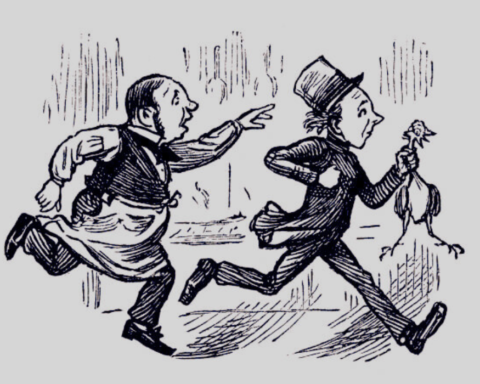In the early twentieth century, vivid colors in objects became a startling reality. The use of different colors in American design developed unexpectedly. Many innovations and ideas depicted the American love for colors.
Theater chains started to use “expressionist lighting”. It consisted of using colored lights to lend intensity to a play. An American dancer was active in promoting the approach. She choreographed beams of lighting that changed color as performers whirled between them.
Movements that helped promote the idea
Mysticism of color in theosophy
Theosophy was a diverse blend of spiritual, and occult concepts. The movement validated the idea of color as a divine channel.
They believed that the “enlightened” have the power to sense spiritual forms in the surrounding reality. Such people’s insights from the upper dimensions were assumed akin to the color patterns witnessed in the material realm.
Annie Besant, a theosophist leader, wrote a book “Thoughtforms” in1901. She claimed that states of mind could be translated onto the color scale. In 1889, Annie Besant entered the Theosophical Society.
Feelings and emotions, as per Besant and Leadbeater, develop particular characteristics. In the case of anger, for instance, lightning-like figures appear.
Many artists looked to Theosophy for divine facts and a non-theoretical foundation for their work.
Synchromism
Many artists started experimenting with pure color as well. They developed the term “synchromism” as a visual version of the symphony.
In 1912, Stanton Macdonald-Wright and Morgan Russell started this American art movement. Their “synchromies,” were based on a painting method that compared color to music.
These were some of the earliest abstract paintings in American art history.

It was short-lived and could not garner a large number of followers. Still, it was the first American art drive to gain international recognition.
Color and sound are comparable phenomena, according to synchromism. It emphasizes that visual work could provoke the same emotions as music, by painting in color tones.
The “synchromies” were built on color levels and used cyclic formations with hues. They usually featured a core vortex and erupt in rich color combinations.
The Synchromists did not use atmospheric context or lines. To represent form, they just used colors and shapes. In the run-up to World War I, Wright and Russell were among a handful of avant-garde painters at hand.
They thought that reality in artwork had long before run its course. Paintings are required to break free from earlier assumptions about vision and content. This is crucial for becoming important in today’s world.
The emergence of color in different spheres
The American love of colors has been widely reflected in a variety of sectors
-
Architecture
Architects jumped on the bandwagon. For art deco buildings, they used bright terra cotta, ceramic tile, and colored concrete. The introduction of the color lamp in 1922 enabled the luminance of buildings in dark. Spotlights and floodlights in various hues were also developed.
-
Colorful cars
DuPont produced Duco, a fast-drying lacquer compound, in 1923. It enabled the spread of colorful auto-mobiles outside of the premium market.
Henry Ford was well-known for saying that clients could order the Model T in any color they desired. Henry Ford surrendered to the color obsession. He was famous for saying that consumers could get the Model T in any color they wanted as long as it was black.
Let’s consider the example of an advertising campaign for the Model A. According to them, consumers would be “happy with its sleek lines and beautiful color choices.
-
Advertisements
Color advertisements displayed the hues of new products ranging from kitchenware to lighting. The page of the advertisement was the only colored page. Otherwise, the publications were all black and white.

-
Paint company
Sherwin-Williams, a paint supplier, even suggested that customers paint their houses twice a year. Warm hues were suggested for the winter and cool colors for the summer.
-
Makeup products
Vibrant lipsticks and blush have supplanted cosmetics meant to improve female appearances.
-
Industrial benefits
Colorful packaging was used by manufacturers to sell coffee and shampoo. Color schemes for trains and planes were modified. Businesses purchased color wheels and referred to scholarly experts’ writings. They spoke eloquently on the physiological impacts of multiple colors and patterns.
Conclusion
In the US, the chromatic revolution occurred from 1914 and 1934. Commodity merchants used colors as success indicators throughout this time. This helped boost consumption.
Historically, the application of color usually comes before its industrial use. During this time, a dialogue evolved among various color providers.
Stores got the benefit of the colorful visual environment. While, the artists also took full advantage of the amazing sights of consumption.
The Saturday Evening Post issued the editorial “chromatic revolution” in 1928. They claimed that:
“The popularity of colorful glassware for tables and parlor use has resulted in new colors and patterns.
When we buy new goods today, we can sense the same love for colors.
Politigory provides in-depth reviews of science, history, humanities, religion, social sciences and arts









